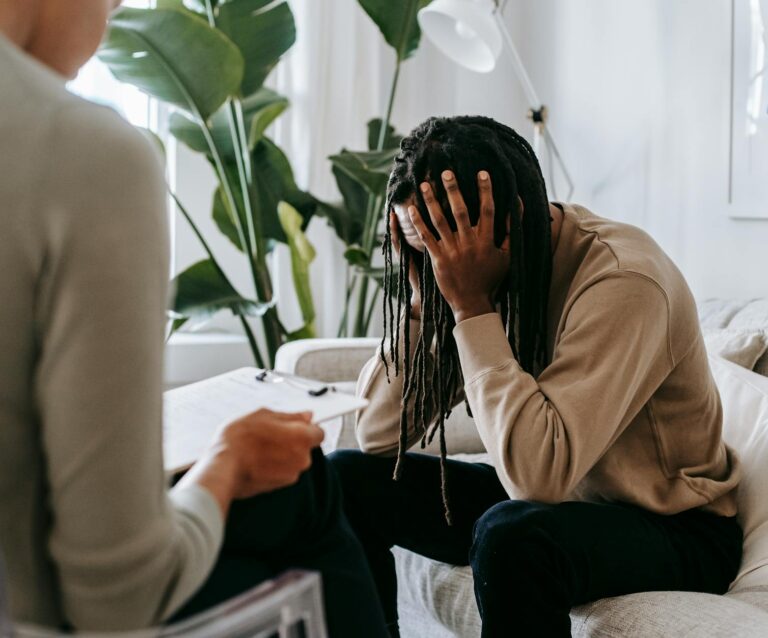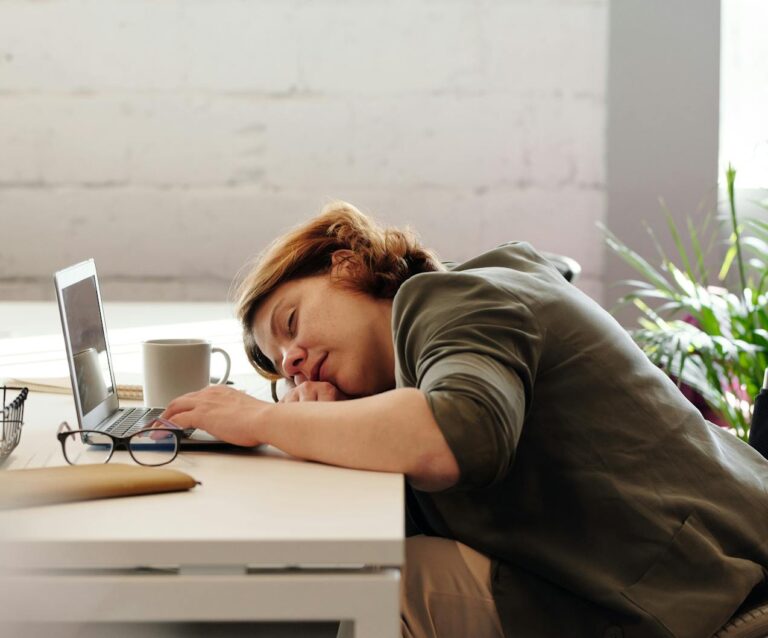Relaxation elicits possible benefits such as lowered blood pressure, heart rate, breathing rate, tension, and pain. Relaxation may also increase your concentration and confidence. With this in mind, it may be well worth your while to learn to relax your mind in addition to stretching and toning your muscles in yoga class.
Contents
Reduce Distractions
- Schedule enough time for class so that you are not rushed.
- Before class, ensure that you are well hydrated, not hungry, but not full.
- Empty your bladder before class if necessary.
- Consider bringing props such as a blanket or pillow for comfort.
- Select an area in the classroom that is away from doorways, windows, or other areas that are prone to noise.
The Relaxation Posture
Many yoga classes utilise the Shavasana (corpse, supine, on your back with arms by your sides and palms facing up) asana, or pose, during relaxation. If you find Shavasana uncomfortable, you may wish to try various alternatives to lying flat on your back, such as:
- Using a pillow(s) under your head and/or other body parts
- Lying supine (on your back) with your knees raised
- Lying on one side
- Lying prone (with your back up)
- Sitting on the floor or in a chair
Progressive Relaxation
Progressive relaxation involves focusing on relaxing various muscles in a progressive order. Some yoga instructors lead participants through relaxing the muscles, but you can incorporate progressive relaxation on your own as well.
- It helps to close your eyes and take a few deep breaths first. Then breathe naturally.
- Begin to relax muscle groups, starting at the head and working toward the toes or starting at the feet and working up to the head. Many people are surprised to notice that certain muscles, such as the shoulders, are tight but feel a sense of release as they systematically relax.
- Some find it is easier to relax muscles if they tighten them first.
- Combine muscle groups if needed due to time constraints. For example, relax the arms, hands, and fingers together.
- If you feel that any muscles are still tight at the completion of progressive relaxation, return your focus to the tense areas and try to relax them again.

Guided Imagery
- Once your muscles are relaxed, shift your primary focus from body to mind:
- This can be highly individualized or lead by the instructor.
- If the instructor is silent during this time, you may wish to focus on a word, phrase, prayer, a peaceful place or time, or nothing.
- Distractions will often shift the focus. It is helpful to acknowledge this mentally and then to consciously shift the mind back to relaxing.
Exit the Relaxation Posture
- Exiting the relaxation posture involves more than just jumping up, grabbing your gear, and heading for the door:
- Begin to notice your relaxed, recharged body as you continue to breathe and open your eyes.
- Start to move outer muscles, such as the wrists and ankles, and then begin to move larger muscles.
- When comfortable and aware of your surroundings, turn to one side and rest for a moment if lying on the floor.
- Gradually and carefully rise to a sitting position to prepare for the close of class.
Request Assistance
A trained yoga instructor may be able to help your specific needs through:
- reducing distractions
- music selection
- incorporating additional breathing techniques prior to relaxation
- choices of asanas preceding relaxation
- guiding progressive relaxation
- providing suggestions for imagery
- incorporating techniques such as massage or aromatherapy if trained to do so
Some people may be tempted to leave a yoga class just as the relaxation phase begins. Others find the end of yoga anything other than relaxing as they begin to think of their “to do” list. With the numerous positive benefits of relaxation, these relaxation techniques may assist you to enjoy better overall health and habits that you can incorporate at the end of yoga class and beyond.















No Comments